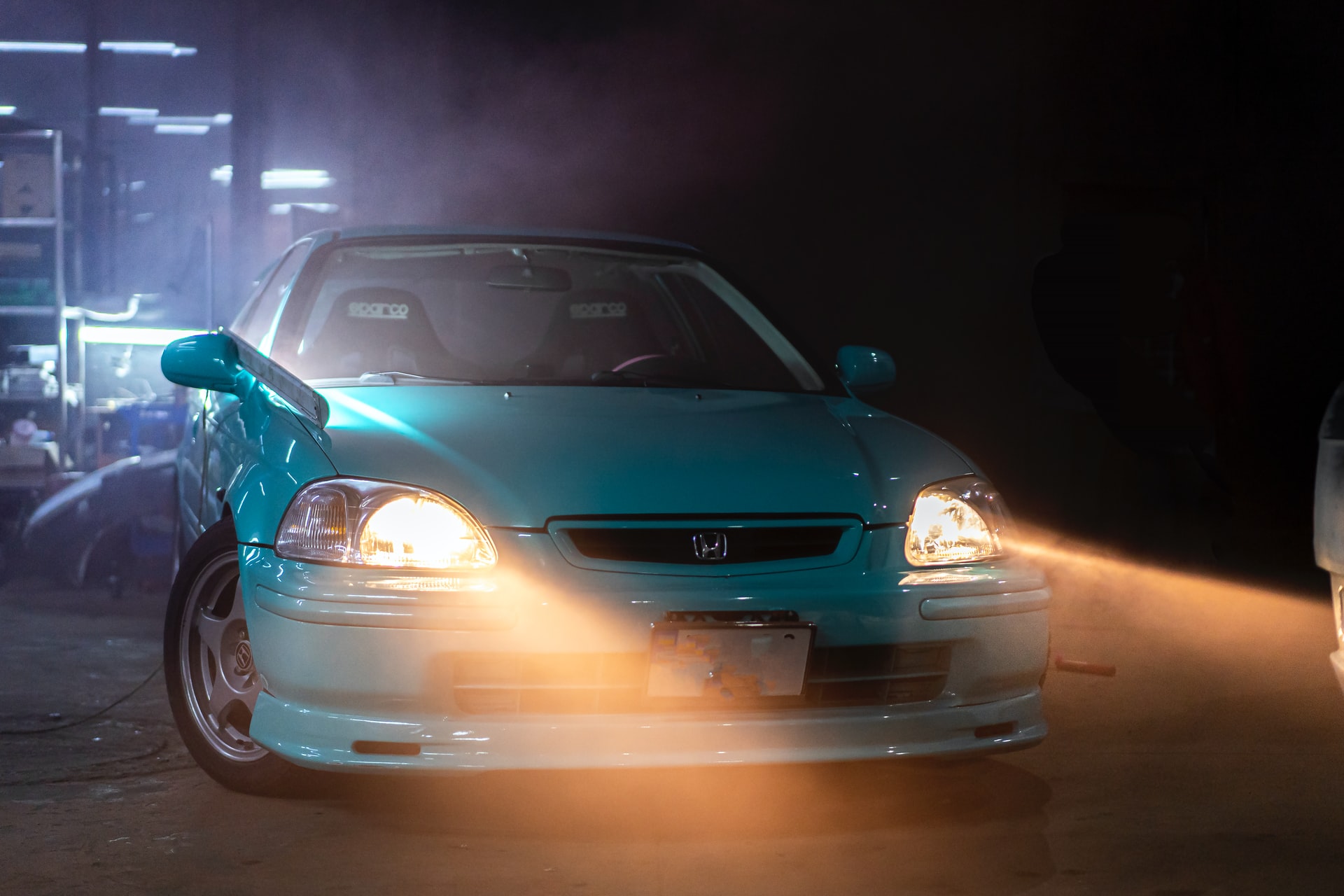Be a pro at wet weather driving

Wet weather and heavy rains are expected to continue through the first half of August, and it is predicted that it will be wetter than ever, with rainfall higher than average. Boo, that’s no fun. Regardless, we all want to get to our destinations safely at the end of the day. Driving during wet weather can be stressful and frustrating, but knowing what to anticipate can make you a pro at handling this situation.
Give yourself more time

There are two parts to this: the 9-second rule when driving and allocating more time to get to your destination.
With poor road visibility, it is natural that your reaction time naturally slows down and you might need more time to react. It’s good practice to put at least 9 seconds in between you and the car in front of you, that way you can anticipate for any sudden movements, braking, or even sudden debris on the road. Accidents are already stressful, and you do not want to be in one when it’s raining hard out.
Secondly, you’ll want to give yourself more time to get to where you need to, be it to work or a personal appointment. Factor in jams, congestions and slower traffic on the road and leave home at least 15-30 minutes earlier. This will put you in a good mental state not to rush or get frustrated, and still reach work on time even when other drivers are travelling more slowly than usual. Plus, it’s good to factor in extra detour time should you have to avoid ponding areas.
Tip: Keep your radio on for the latest traffic updates.
Slow down and make slow turns
Yes, this why we told you to factor in more time. Being a pro at wet weather driving means slowing down for a start. That’s because quick turns and higher speeds on a wet road can cause hydroplaning — meaning, your car is likely to skid like a sled. This happens because a layer of water builds between the wheels of the vehicle and the road surface, leading to a loss of traction.
When you find your car hydroplaning, remember to stay calm and hold your steering wheel firmly. Do not attempt to turn your steering wheel to counter the movement. Instead, slowly step off the gas and steer straight until your tire regains traction. DO NOT steer sharply or slam on your brakes. If you must brake, gently tap them intermittently.
Use break lights and turn signals earlier

Braking early gives you more reaction and buffer time between your car and the ones in front of and behind you. Earlier use of turn signals will also give everyone a heads-up of your intentions and they will have more time to react.
Tap your brakes past puddles
Tapping your brakes after driving through shallow water will help to rid water off your rotors. This keeps your brake dry when you need them.
Turn on the headlights – even during the day
This is a no brainer, yet some motorists still forget about this during the day. Darker skies and heavy rain can greatly reduce your visibility on the road. Headlights will not only help you see better, but also allow other motorists see you clearly too. Make sure your headlights are not dirty or foggy.
Read more: How to change the bulb of your car’s headlights
Read more: Quick fixes for your car headlights
Check your tyres
A wet-weather trip will require more grip than usual. Check your tires to make sure you have enough tread to grip on wet surfaces. Plus, your car will also be more susceptible to hydroplaning with bad tyres.
Read more: Best car tyres in Singapore and how to choose one
Read more: 5 tyre maintenance tips to help them last longer
Drive only when necessary

If the visibility is poor such that you can hardly see the cars in front or around you and you aren’t confident of driving on, find a safe parking spot and wait it out.
And if your appointment is not important, then perhaps it’s best to wait it out until the heavy rain subsides. We get that no one wants to tough it out on public transport when it’s raining cats and dogs, but it might actually be the safer alternative.
TL;DR?
You want to be extra cautious in wet weather. As a rule of thumb, just remember: slow down, avoid hard braking or turning sharply and allow ample stopping distance between you and the cars in front of you.
Stay safe and dry folks!




